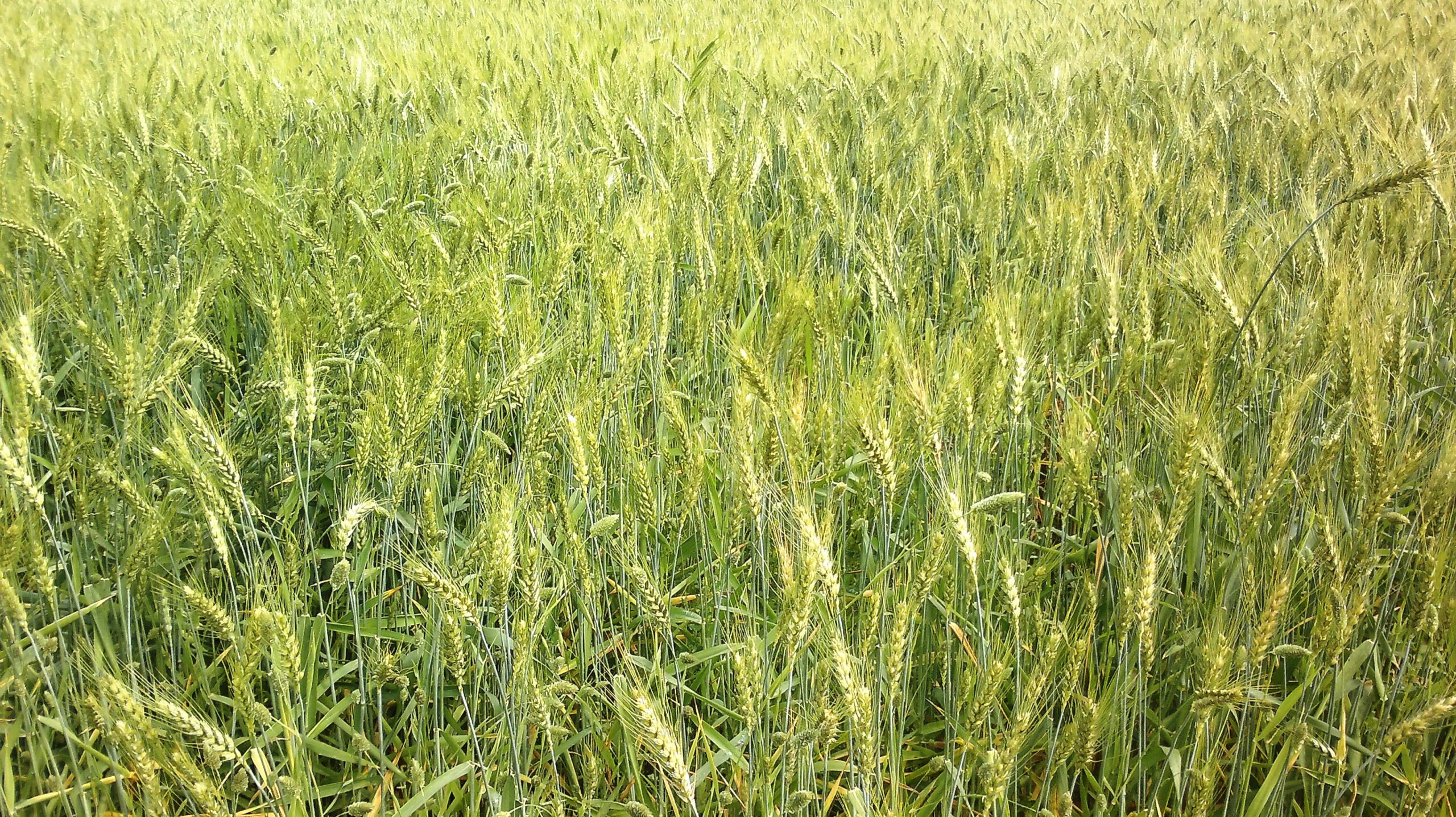
The greatest problem for Punjabi immigrants is their cultural identity, and it is widely agreed that the major source of this identity is language. The Punjabi population in this country now exceeds hundreds of thousands, however, the Punjabi from the west Punjab (i.e., the Pakistani part of Punjab) seldom communicate with their children in Punjabi. The children on the other hand speak English and very seldom Urdu with their parents. Schools make no arrangements to teach Punjabi in the Persian script. The Punjabi from east Punjab speak Punjabi with their children and their and their mother tongue is taught in a British school in the Gurmukhi script. We also harbour a misunderstanding that Punjabi is the language of the Sikhs alone. This impression is erroneous. Punjabi is to state the obvious the language is Punjabi irrespective of their religion. Muslim Punjabis need to be reminded that instruction in religious schools was for centuries given in Punjabi. Phukki Roti and primers were all written in Punjabi (Persian script). Sufi poets have written excellent mystic and devotional poetry in Punjabi, which is read and recited with great devotion wherever the Punjabis live. For centuries Punjabi has been written in both Gurmukhi and Shahmukhi (Arabic) script, and now in the Pakistani part of Punjab, Punjabi is being taught as a subject at school and university levels.
Punjabi Muslims settled in Britain do not seem to realise that if their children did not learn Punjabi they would be alienated. They can only establish a firm and stable relationship with their parents if they learn their mother tongue besides the English language. Language is not only a means of communication but also a means of maintaining and preserving one’s customs, culture and values. A language is not only a language of people, but it is also their history. Educationalists now accept that if children are taught their mother language, they are able to acquire proficiency in this county’s language as well as other languages with great ease, and thereby improve their prospects as useful citizens in this society.
It is all the more important for the Pakistani Punjabis settled here to speak in Punjabi with their children and demand for Punjabi to be taught in Arabic script alongside Urdu. Our elders and religious leaders should, following the centuries-old tradition, take steps to plan for the teaching of Punjabi besides Arabic in masques. Punjabi is the language of Sufis and religious scholars and boasts the sacred classics created by such masters of our language as Baba Farid, Bulhe Shah, Shah Hussain, Mian Mohammad, and Sultan Bahu, which has moved generations of Punjabis over centuries. Would it not be fair if we passed this treasure to our children as a legacy from our predecessors?
In Britain, we can contribute to the promotion of Punjabi in a number of ways. The most convenient one is that we communicate in Punjabi with our children and teach them Punjabi in the Arabic script in mosques and schools. We should urge our local councillors, and religious and community leaders to make a demand for Punjabi to be taught at schools. This way both children and parents will be able to communicate with each other with confidence and understanding. Our children will have access to their culture and will be saved from sectarian strife and other divisive practices and maintain their relationship with Pakistan on a much surer foundation.
With this in view, we have established this organisation and we appeal to you to join this organisation and express our identity through the cultural channel and add yet another dimension to the multi-cultural diversity of British life. We aim to work with the Punjabis in every borough to promote our culture.
